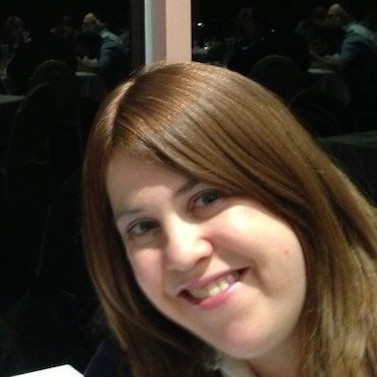Sleep…It’s what dreams are made of for parents of newborns. So, when babies start sleeping through the night, parents often celebrate- with sleep. Then around 4-6 months of age, things start to change. Naps start becoming a struggle. Why is that?
To answer this question, we reached out to some experts. Keep reading to find out how to help your baby (and you) rest easier during the day.

Lynelle Schneeberg
Sleep Onset Associations
An infant’s sleep drive is highest at bedtime (not naptime), so some infants have more trouble falling asleep at naptime.
The more common reason, though, has to do with what is called sleep onset associations. These are also known as sleep crutches. Sleep onset associations are the things that an infant learns to need to fall asleep. Common sleep onset associations are rocking, being fed, being held while a parent walks around the nursery, etc.
Sometimes parents don’t provide the same sleep onset associations at naptime as they do at bedtime, and this can lead to difficulty falling asleep for the infant. For example, perhaps the infant falls asleep best while being rocked by a parent, but that parent is at work at naptime.
The best long-term plan to improve both naptime and bedtime sleep onset is to help an infant learn to self-soothe rather than depend on a sleep-onset association that involves a parent. If an infant can self-soothe, he or she can fall asleep easily and quickly at both naptime and bedtime.
This is accomplished by having a consistent routine like being fed, changed, sung to, and then put into the crib to learn to self-soothe. Of course, a parent can be nearby, providing some soft verbal soothing or patting. But, the infant’s parents would try to avoid helping too much and try not to feed, rock, or walk the infant to sleep.
Remember, whatever an infant needs to GET to sleep, he or she will often need this same type of help again to get BACK to sleep after every waking. So, gently teaching a 4-6-month-old infant to self-soothe to sleep will result in everyone getting a lot more sleep!
The 4-6 month mark is the perfect time to work on this because normally developing 4-6-month-olds no longer have a physiological need to eat at night but may have a learned need to do so.
Self-soothing can be taught gently and gradually and leads to consolidated, quality sleep.
Melatonin Levels
When approaching 4-6 months, babies’ internal clocks start to sync with the light changes in the environment. In other words, infants start learning to distinguish between night and day.
Since their brain starts processing light changes, it may also start producing more melatonin during the night (the sleep-inducing hormone). This could lead to deeper sleep, while the naps may be more challenging due to lower melatonin levels.

Po-Chang Hsu

Ariella Lew
A Few Combined Issues
Babies of this age are often at a stage of development where the world and everything in it becomes more exciting. This means that everything around them is of wonder, including their hands and the environment around them.
This is also often the age bracket where babies move out of their bassinet and into a cot due to their initial growth.
When these issues are combined, babies are left with a heightened sense of feeling alert. During daytime naps, the environment in which they are sleeping is often busier, brighter, and more active than the environment overnight.
They generally have also not had the same sleep associations that support the notion at night that sleep is needed and therefore may not be as calm. This, in turn, can lead to more disrupted sleep during the day.
This is a crowdsourced article. Contributors are not necessarily affiliated with this website and their statements do not necessarily reflect the opinion of this website, other people, businesses, or other contributors.
